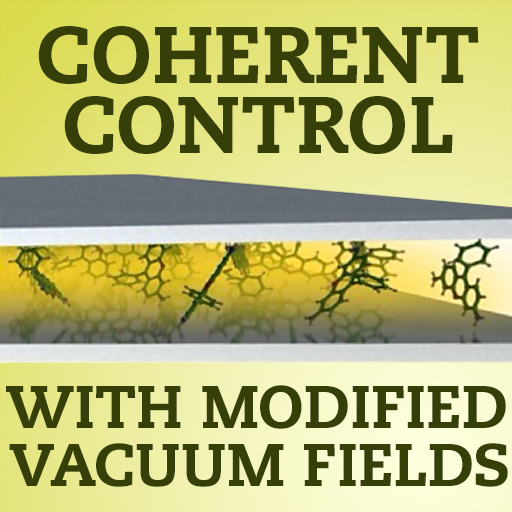Speaker
Description
Metallic nanoparticles support localized surface plasmon resonances (LSPRs) characterized by strongly enhanced local electric fields which amplify physical process occurring in those volumes. These tunable resonances by virtue of modifying the shape and size of the nanoparticle, posses very small mode volumes, greatly amplifying the efficiency of light-matter interactions. We employ real-time TD-DFT simulations to study the metal nanoparticle - organic molecules ensembles in the regimes of weak and strong coupling under electronic excitation.
We investigate how the "macroscopic" changes, i.e. as approximated by the coupled oscillators model, correspond with the "microscopic" changes visible on the level of single Kohn-Sham transitions and their energy shifts. These changes are the result of modifications of the molecular oscillator in the strongly coupled systems, including the resonance energy redshift and widening of the line. These changes correspond with the observed molecular absorption changes, i.e. the initially enhanced absorption is quenched when the molecule and the nanoparticle are placed closer to each other. This can be attributed to purely molecular transitions coupling to the variety of nanoparticle energy states, forming mixed transitions, i.e. occurring when the initial and excited states are located in different subparts of the system. We compare weakly and strongly coupled systems to pinpoint the role of strong coupling in the observed effects and show that, even though mixed transitions can be observed in the weakly coupled systems, their intensity is negligible, as the molecular absorption itself is not enhanced when the molecular transition is detuned from the plasmonic mode. The effects can help tailor the polaritonic states and will be crucial when designing the novel devices based on strong light-matter coupling. Importantly, these changes then transfer into modified hot carrier dynamics in the upper and lower polariton branches, which can be tuned by modifying the interacting entities, their coupling strength, emitter number, etc.

